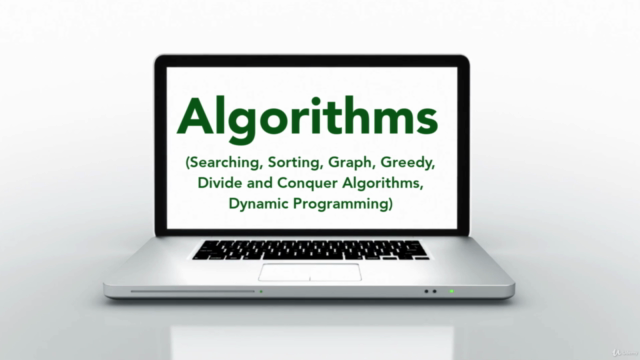The Complete Data Structures and Algorithms Course in Python
100+ DSA Interview Questions for Cracking FAANG with Animated Examples for Deeper Understanding and Faster Learning
4.58 (10051 reviews)

91,702
students
46.5 hours
content
Jan 2025
last update
$109.99
regular price
What you will learn
Learn, implement, and use different Data Structures
Learn, implement and use different Algorithms
Become a better developer by mastering computer science fundamentals
Learn everything you need to ace difficult coding interviews
Cracking the Coding Interview with 100+ questions with explanations
Time and Space Complexity of Data Structures and Algorithms
Recursion
Big O
Screenshots




Related Topics
2648040
udemy ID
11/9/2019
course created date
9/20/2020
course indexed date
Angelcrc Seven
course submited by